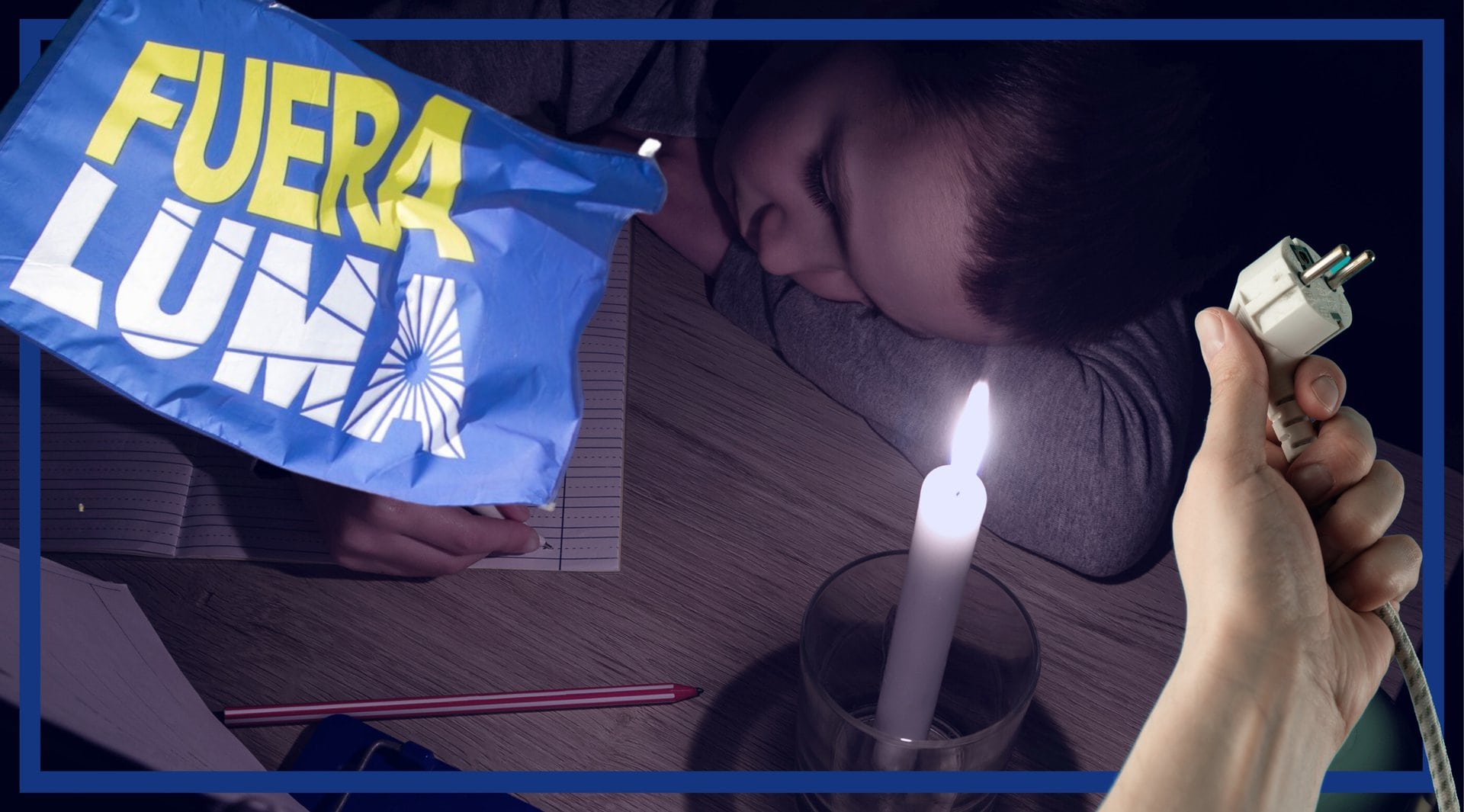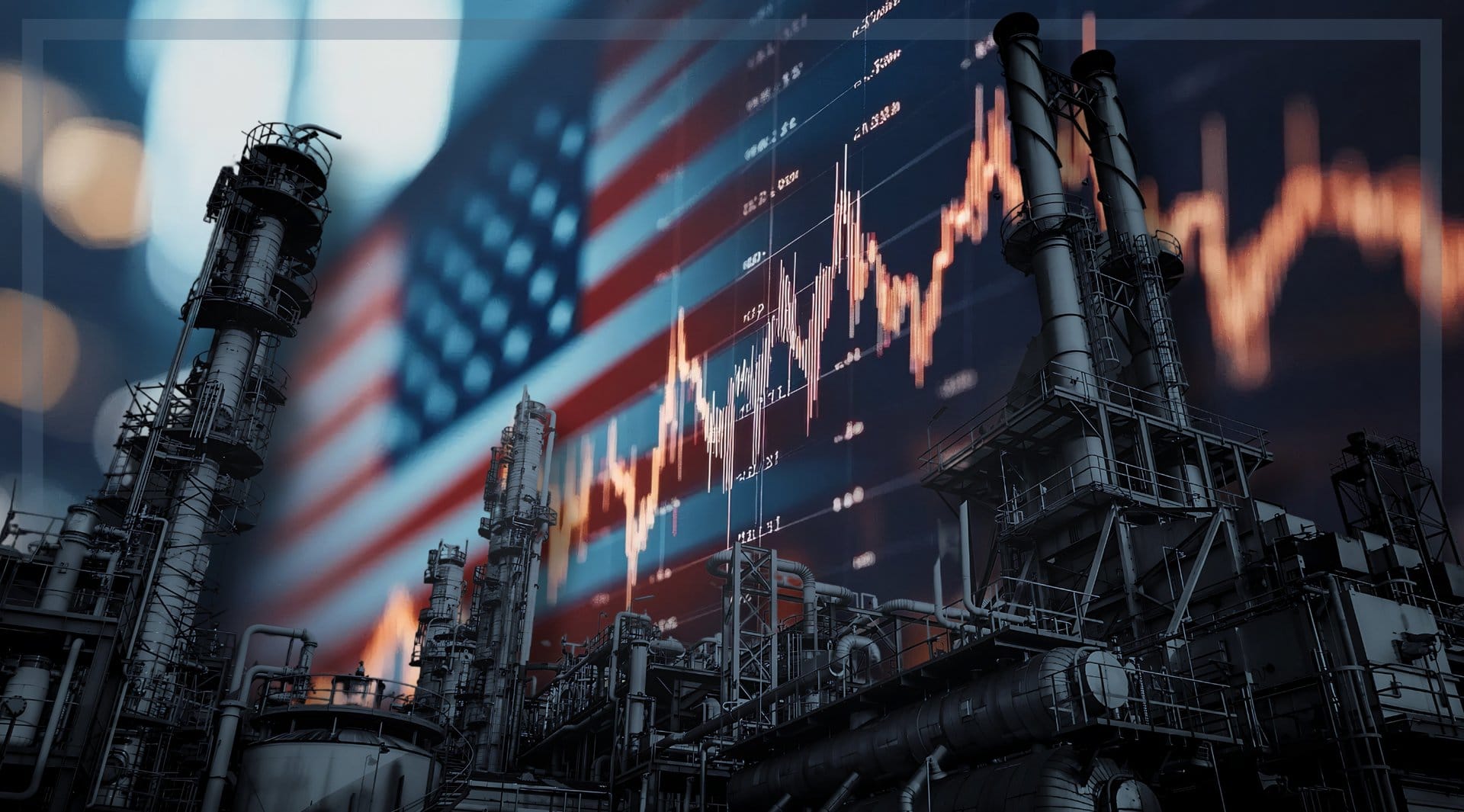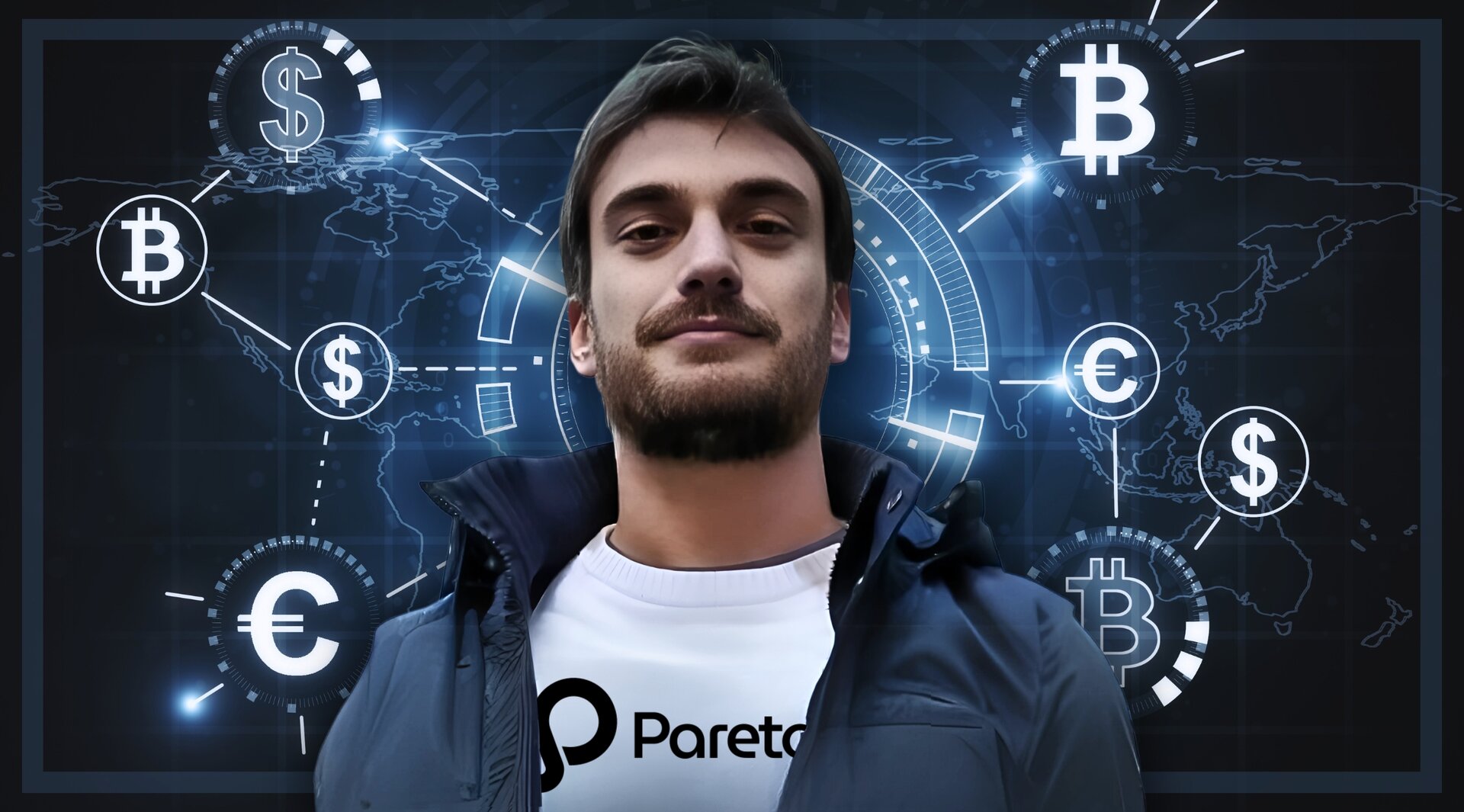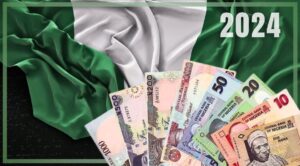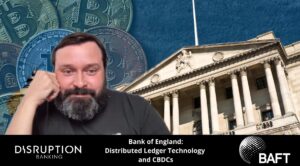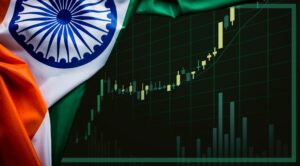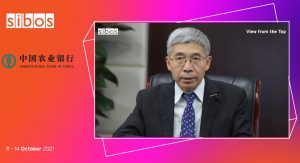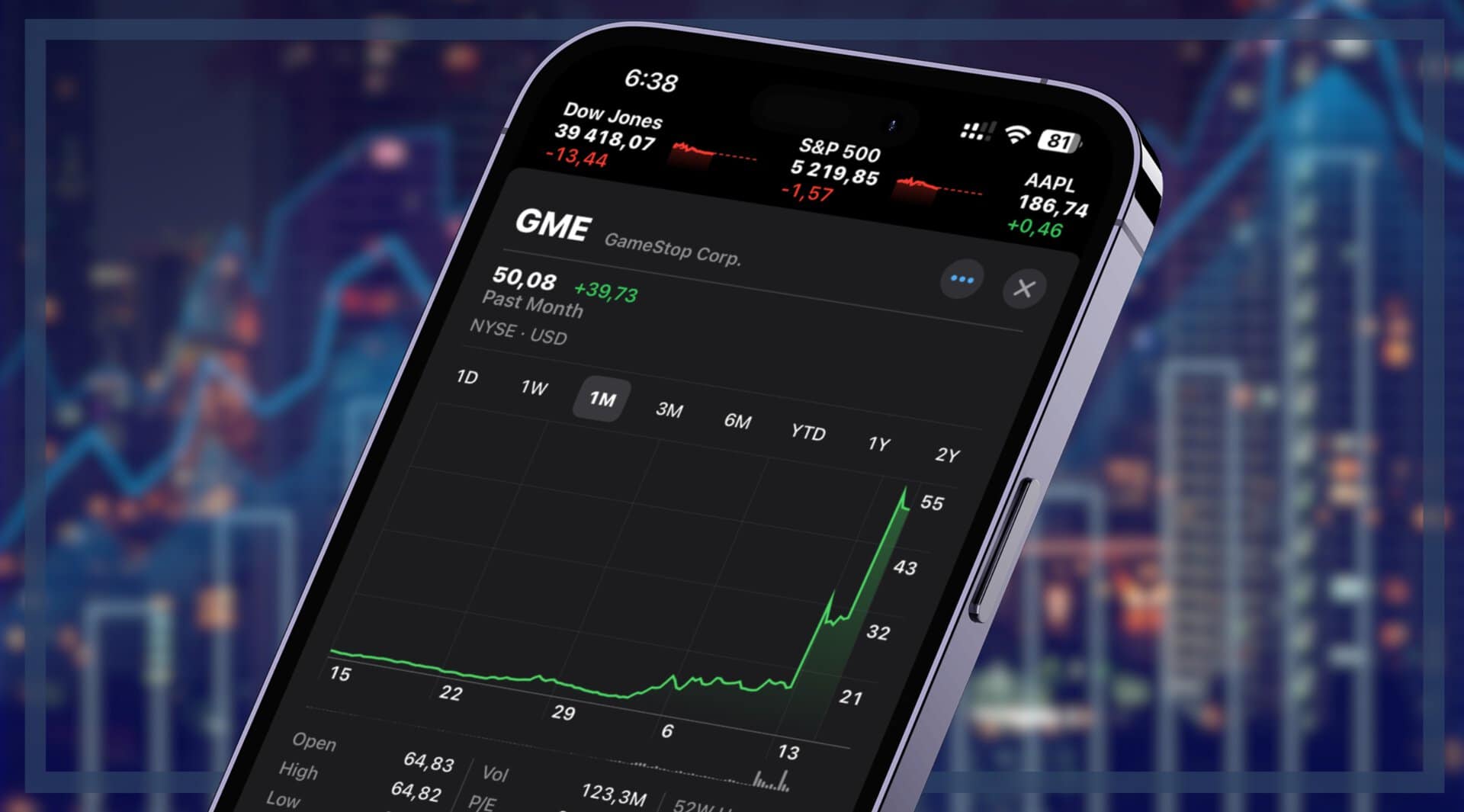This is a 3-part series. Read Part 1 here and Part 3 here.
For the past five years, Puerto Rico has been embroiled in a multi-faceted financial and environmental crisis, but the origins have been carefully covered up and public debate over who is responsible has devolved into back-and-forth finger-pointing. This is Part 2 and the conclusion of a 2-part series exploring the great Puerto Rican bond fraud and the associated energy crisis.
When Hurricane Maria devastated the island in 2017, leaving 3,000 people dead and $90 billion in losses, the theft of resources meant to renovate and supplement the power grid was investigated, but authorities in San Juan and Washington were in no mood to punish anyone. More importantly, the island was in no financial condition to accomplish the extensive infrastructure projects to replace the obsolete equipment of the power grid.
Something had to be done, so the Federal Emergency Management Agency (FEMA) allocated billions of dollars to replace it, awarding the contract to LUMA Energy, a joint venture of two North American power companies, Houston-based Quanta Services and ATCO, a Canadian company.
In January 2022, a federal judge approved the largest debt restructuring ever reported in the U.S. Puerto Rico had attempted to file for bankruptcy, but since U.S. law doesn’t allow states or territories to default on their debts, the island was forced to seek debt restructuring.
The monumental event passed with little fanfare in the news. In fact, the whole twenty-year saga leading up to Puerto Rico’s debt restructuring was only reported in little snippets here and there. The one thing everybody saw is that successive hurricanes have pounded Puerto Rico past the point of no return.
Significant events have passed by basically unnoticed partially because the press has an astonishingly short memory and a general distaste for long-running or complicated stories. However, this story in all its sprawling complexity is worth telling with the purpose of ascertaining who is responsible.
Oversight Board Hires Law Firm to Investigate
As a result of the passing of PROMESA by the U.S. Congress to address Puerto Rico’s debt crisis, the island was forced to cede its sovereignty to a Financial Oversight and Management Board (FOMB), to the great frustration of local residents.
As a result, the debt was restructured by a federal court and a FOMB, shaving billions of dollars off the island’s debt burden, which consisted of $50 billion of pension obligations and $70 billion of public debt. Including $9 billion lost in a massive public bond fraud perpetrated by the Puerto Rican Electric Power Authority (PREPA) in conspiracy with Wall Street banks and the big three rating agencies. This was covered in Part 1.
As a part of its oversight, the FOMB appointed the law firm Kobre & Kim LLP, in 2017 as an independent investigator to figure out how the hell Puerto Rico’s debt burden got so far into the red.
Kobre & Kim’s investigation blamed Puerto Rican politicians, stating that politics affected the rates PREPA charged for energy because there was “a lack of political will to raise PREPA’s base rate.” The investigation used euphemisms to make unpleasant and contentious allegations, speaking of “politically-induced obstacles” to shifting from oil to natural gas and “politically-sanctioned subsidies” that lowered PREPA’s revenues.
Wall Street Perpetrates Another Subprime
This unprecedented situation came about because a great many investors lost money in a massive bond racket perpetrated by unscrupulous officials and Wall Street investment banks, specifically Morgan Stanley and Barclays.
Many of the early investors were retired American seniors. These chumps were mostly forced to sell at a loss, but the secondary owners of the junk bonds were people of great consequence, hedge fund managers who aren’t accustomed to being defrauded and who command armies of attorneys.
Clearly, a special fix was necessary, so the U.S. government sprang into action. Not the executive branch, to be sure, not the regulators, not the Justice Department, but Congress and the courts. It’s a curious situation, and no one wants to go on the record as to why there were no indictments, but it rhymes with the choices made after subprime when newly elected President Obama didn’t want to take on Wall Street.
When only one banker was punished for the bold-faced fraud of the subprime mortgage crisis, Wall Street fraudsters knew they had a winning financial model. They could milk investors for billions, using fraudulent ratings bought from co-opted rating agencies, and the SEC and the DOJ would sit on their hands while the banks lobbied politicians to keep the regulators’ on a tight leash.
In Puerto Rico, Richard Lawless alleges that the families of Puerto Rican FBI agents and the Puerto Rico U.S. Attorney’s office were receiving kickbacks from the sludge oil racket. The questions arise, why did Wall Street banks go along with this and why did the regulators do nothing?
A Winning Model for Wall Street
After ruining the reputation of mortgage-backed securities, certain unscrupulous financial institutions needed a new platform for the same fraud model, so they chose municipal bonds. Drawing on three decades of experience working with major banks, Richard Lawless told Disruption Banking how it works.
“Low-interest rates are devastating for the banks and rating agencies because in the mortgage market, 80% of the activity comes from refinancing while only 20% is new home purchases. With low-interest rates, there’s no inspiration to refinance, so they decided, ‘We should loan money to municipalities that can’t pay it back. We’ll get paid. They’ll have to refinance, and we’ll have a built-in source of revenue.’ The banks jumped on board. Citicorp was the first. Goldman, Morgan Stanley, Merryl Lynch, Bank of America followed.”
Nevertheless, when investors began to realize that they’d been defrauded, it created a problem. In an effort to stave off the threat of litigation, Congress came up with PROMESA or the Puerto Rico Oversight Management Economic Stability Act, passed in 2016, which removed the threat of lawsuits and restructured the island’s debts. The FOMB was established that would make decisions for the island and mediate the competing interests seeking to influence the island’s future.
Is LUMA Responsible for the Current Crisis?
If you listen to Puerto Rican politicians and think tank researchers, as well as many community leaders, union heads, and private sector captains, everybody blames the privatization of Puerto Rico’s electric grid, pointing the finger at LUMA, for current chronic blackouts.
In a wider sense, many believe that the fault lies in the colonialist approach of governance by U.S. decision-makers who appointed the FOMB.
If the responsibility was left to Puerto Rico, the argument goes, local leaders could take measures to dismantle and restructure PREPA and task the restructured entity with developing renewable energy sources, which would be cheaper and lower the rates residents pay.
For example, Ruth Santiago, a member of the Queremos Sol Coalition, told the Natural Resources Committee in 2020: “Queremos Sol opposes the use of billions of dollars in federal funds to rebuild and so-called harden the [Transmission & Distribution] system and add more fossil-fuel generation, especially natural gas infrastructure that the LUMA contract would facilitate. Queremos Sol proposes that the federal government work with PREPA to take measures to initiate a transparent process for procurement of solar equipment and battery systems to be installed and maintained by the dozens of PREPA employees that have been trained in renewable energy already. The LUMA contract is a 20th century approach that will not prepare Puerto Rico for the climate crisis.”
Critics allege that because LUMA is a private consortium created by two public companies, LUMA is able to avoid the transparency ostensibly maintained by PREPA. However, PREPA was far from transparent, as a Congressional commission and a law firm struggled to retrieve documents that revealed an extensive Ponzi scheme perpetrated by the now-bankrupt PREPA.
In fact, it was PREPA that utterly failed already to implement renewable energy projects for more than a decade, during which the public utility either stole or wasted the billions of dollars it raised to bring solar energy to Puerto Rico. Thoroughly ruining the island’s reputation as a good place to do business among renewable energy executives. So it’s unclear why activists think this company should be entrusted once more with enormous public and private funding for this purpose.
Almost $10 Billion FEMA Funds Unreleased
Last year, Roy Torbert, a senior principal on the Rocky Mountain Institute’s Global South program, told Utility Dive that “There’s a real question of why are they not using any of the federal funds available for [the purpose of rebuilding Puerto Rico’s power infrastructure], when FEMA said they could,” referring to $9.6 billion authorized by the Trump administration.
Indeed, it was a great question and one that still doesn’t have a satisfactory answer. Six months later, in September 2021, FEMA noted that there were 77 projects proposed by PREPA to transform the island’s electrical system. Yet, as of April 2022, FEMA stated that only five projects had been received, and only two projects had been approved. All this while FEMA maintained that nearly 500 projects were needed. If those numbers don’t make any sense to you, join the club.
It’s not entirely clear if the slow pace of project approval is due to extensive federal government bureaucracy or low project proposal quality, but PREPA and LUMA do seem to be trying to get this transformation moving. However, it’s painfully clear that it’s not happening at a pace that is going to please anybody.
Professor George Gross who teaches Electrical Engineering at the University of Illinois told Disruption Banking: “The electricity industry has been working assiduously to improve the resilience of the grids. However, the situation of an island is far more challenging than the situation in the continental US where we have interconnected grids. The increased frequency of extreme weather events that has beset PR makes that tough challenge so much more acute.”
I asked Professor Gross how long it might take for this electrical grid transformation, and he gave me this response…
“The utility industry today is subject to the same supply chain challenges as we see in the production of chips, which have had hugely deleterious impacts on the auto manufacturing industry. To give you a simple example, the delay in the delivery of certain transformers used widely in distribution applications has gone from the pre-COVID 3 weeks to way over a year. Such major supply chain challenges certainly impacted PR just as they did every other venue. So, the typical assumptions used in the pre-COVID more ‘normal’ times simply are not valid in today’s situation. When we also consider the impacts of the island’s politics, the involvement of the federal government and the realities of the way business is transacted in PR, we do not have a textbook example that has a straightforward answer.”
Where is the Justice Department, the SEC?
Investors lost money to theft and local people lost their lives, yet no one was prosecuted and to this day, no one in government will go on the record to explain why. However, Richard Lawless is determined to find out.
When PROMESA stopped Richard Lawless from suing the entity that actually bankrupted his solar power company, Lawless turned his lawfare on the U.S. government, filing lawsuits and FOIA requests, the weapon of choice for savvy litigators. His lawsuits against the DoJ and the SEC have recently been bearing fruit in 2022.
At first, the SEC claimed not to know anything about the PREPA fraud, but later they were forced to hand over their own correspondence and paperwork demonstrating that they not only engaged in frequent and detailed interagency communications about the fraud, but the SEC had also subpoenaed Morgan Stanley for all communications and documents about the Puerto Rican bond issues.
Strangely, after SEC staff suggested enforcement actions against Morgan Stanley, nothing happened. Lawless says this sudden shutdown of the SEC’s probes was due to political meddling by one Senator Chuck Schumer who the Too-Big-To-Fail Banks often larded with campaign cash for such You-Scratch-My-Back favors.
As usual, the local people are paying the price, as pensions are cut, schools are closed, and police investigations of violent crime are backlogged. Puerto Ricans are divided, with many wanting full independence from the U.S., while others want full statehood and more representation in Washington, D.C. Meanwhile, the architects of the debacle have vanished into their gated communities or continue to deflect blame onto easy scapegoats.
Author: Tim Tolka, writer, journalist, and BI researcher
The editorial team at #DisruptionBanking has taken all precautions to ensure that no persons or organizations have been adversely affected or offered any sort of financial advice in this article. This article is most definitely not financial advice.
Revisit Part 1 of our 2 Part story:
Who are the people behind the Puerto Rico Electric Power Authority and why are they not being held accountable?
— #DisruptionBanking (@DisruptionBank) November 3, 2022
Find out more in Part One of a Two Part Story about the Great #PeurtoRico #BondFraud with Tim Tolka: https://t.co/5rtWdejgJh


